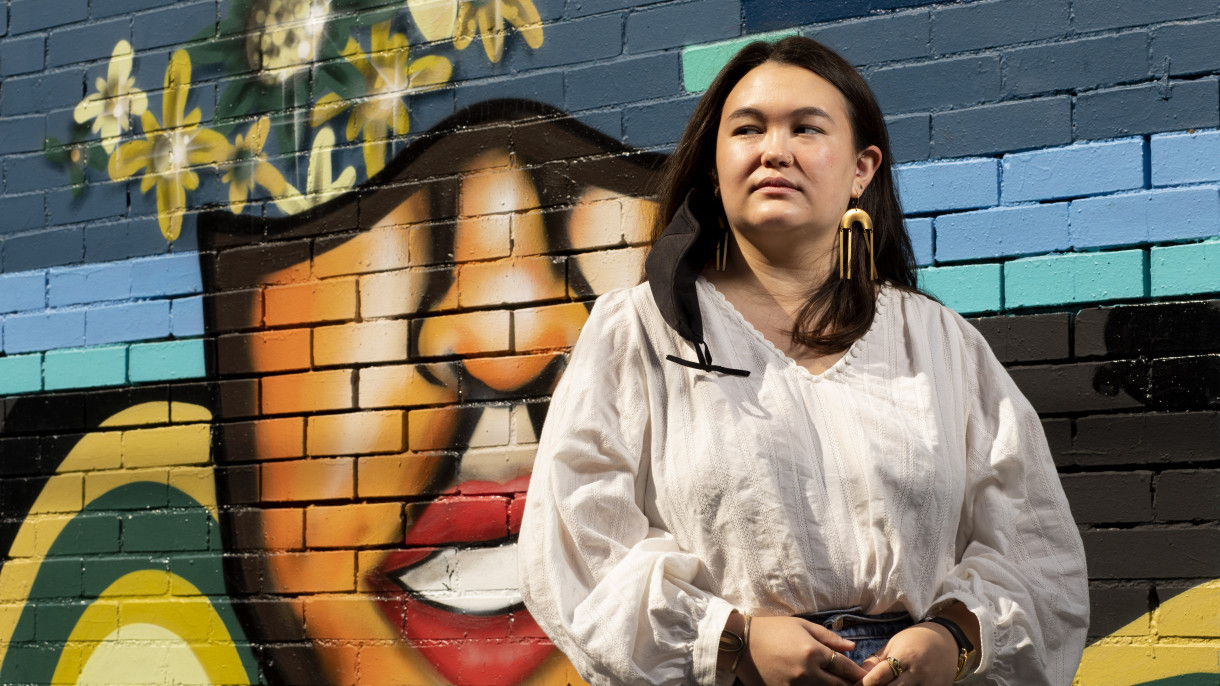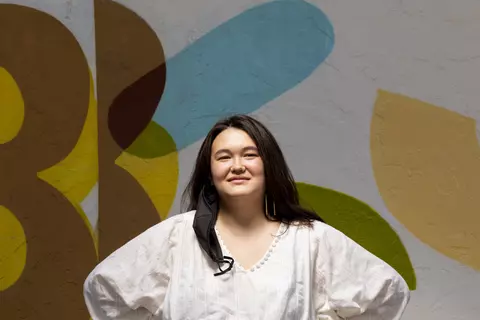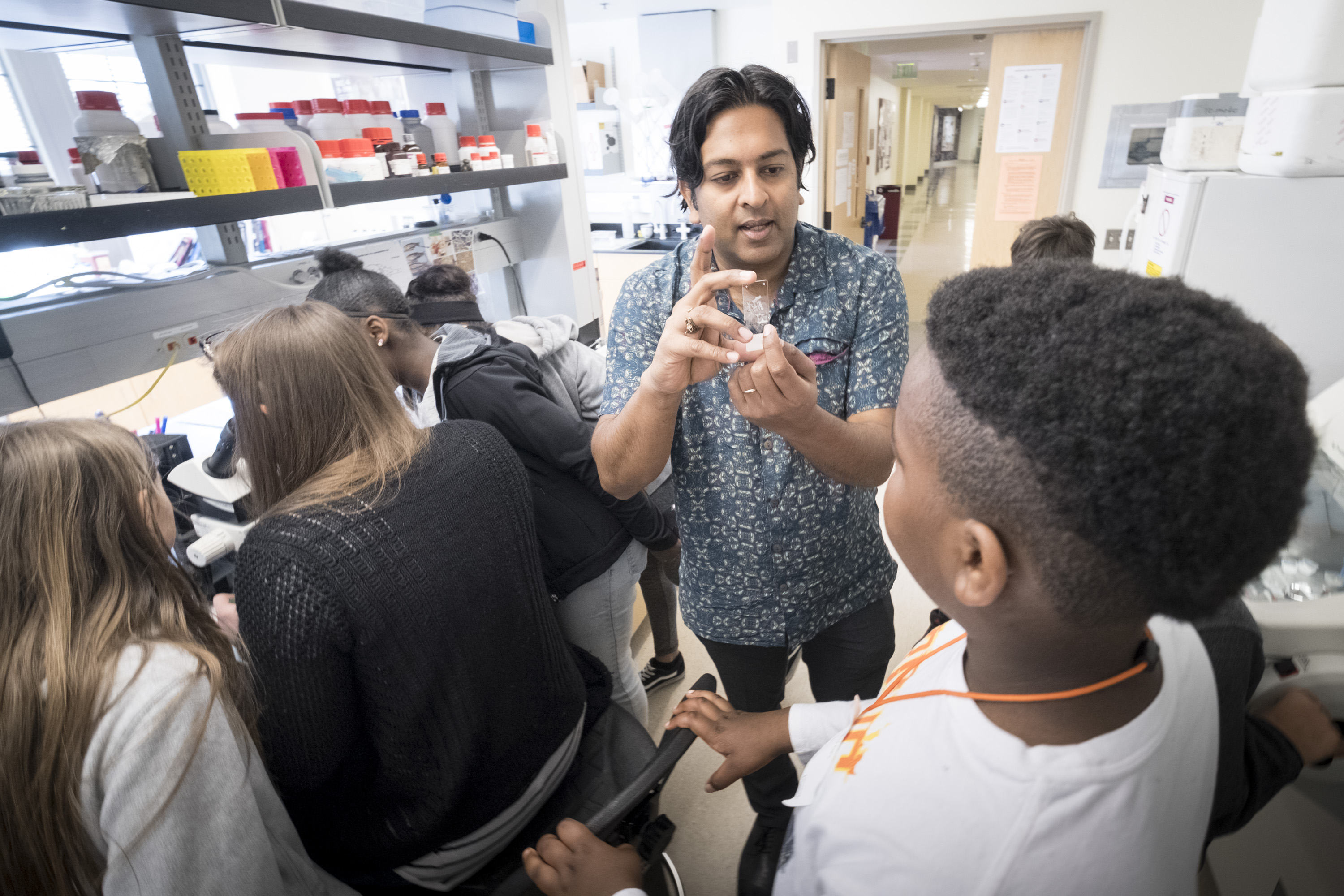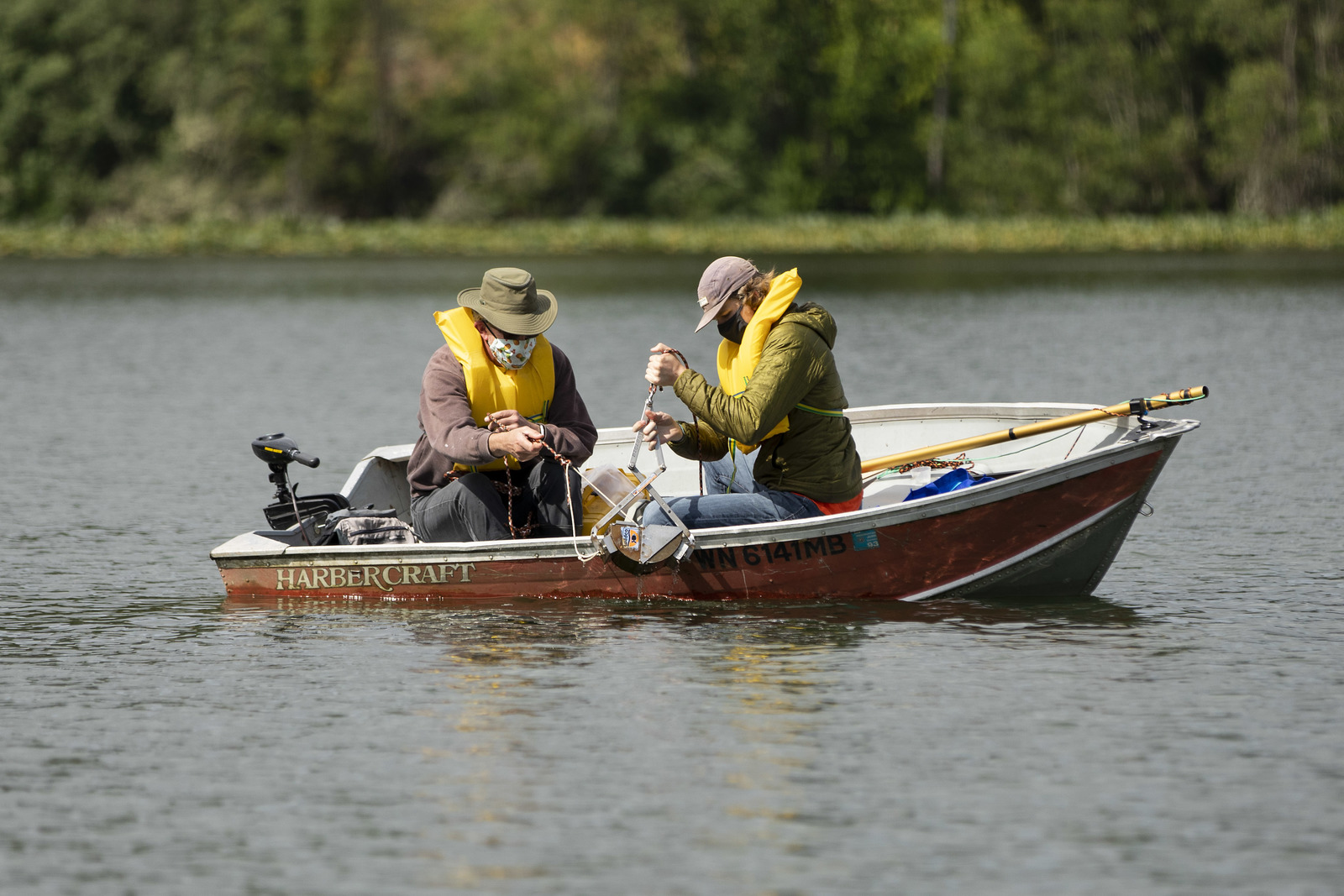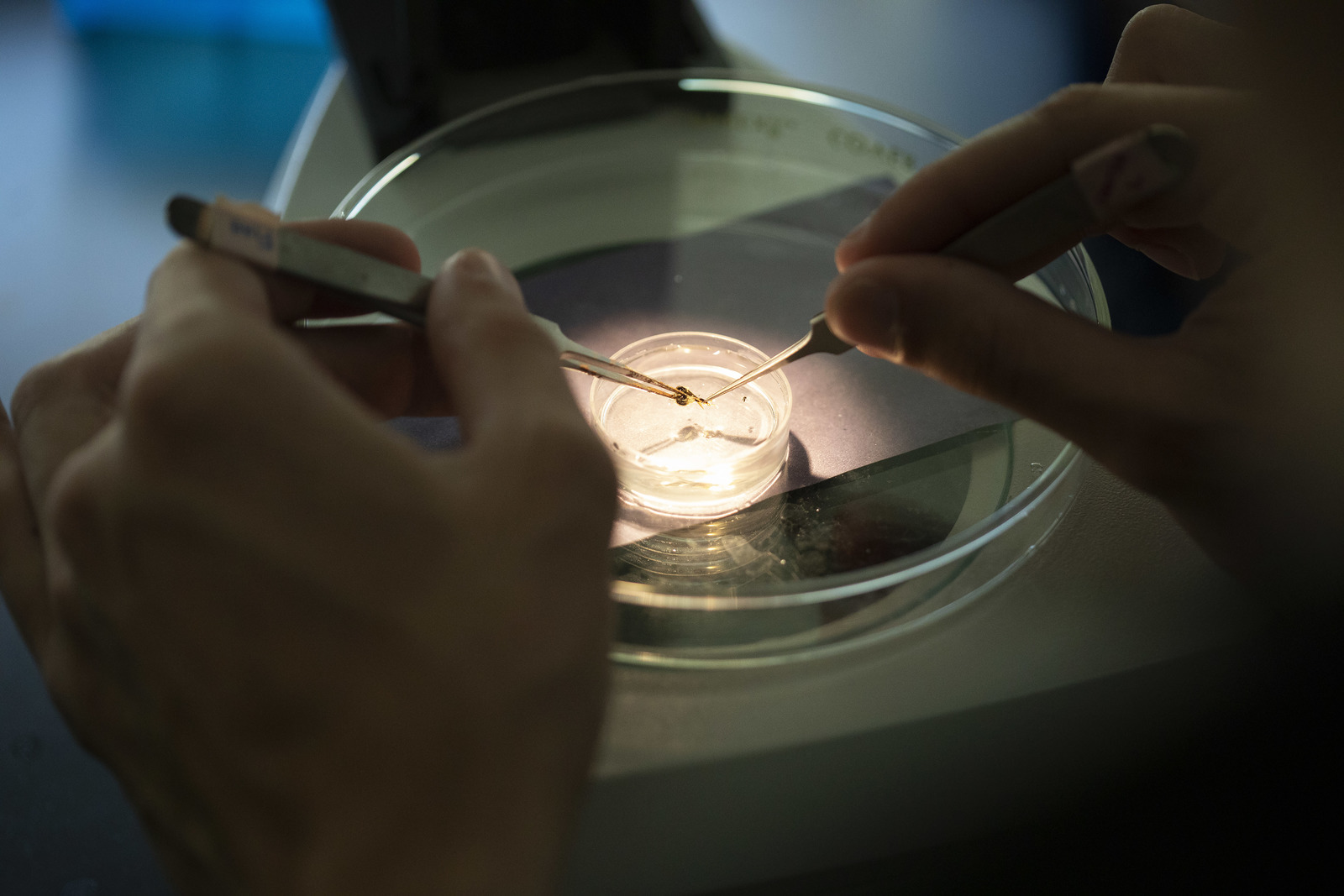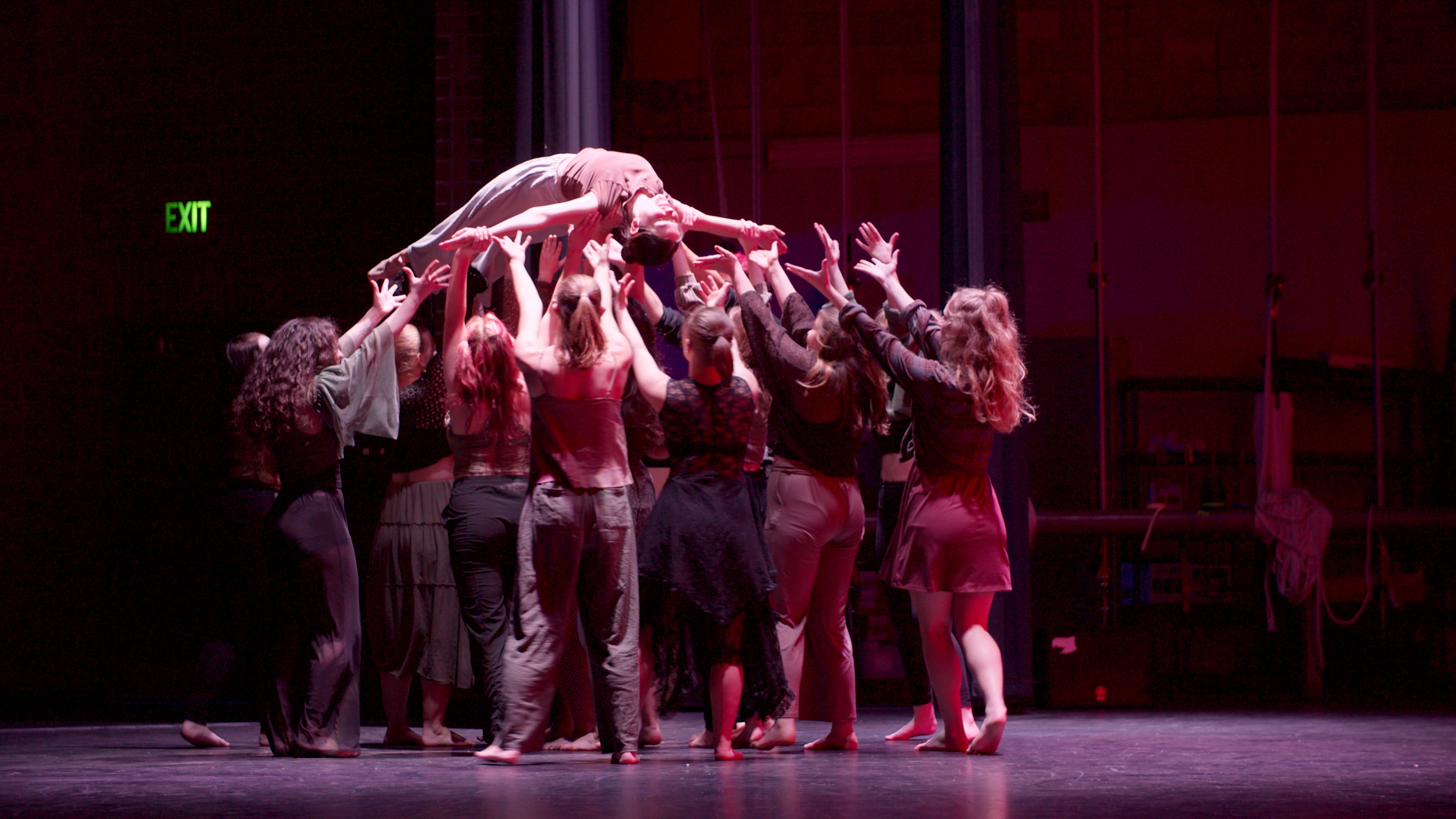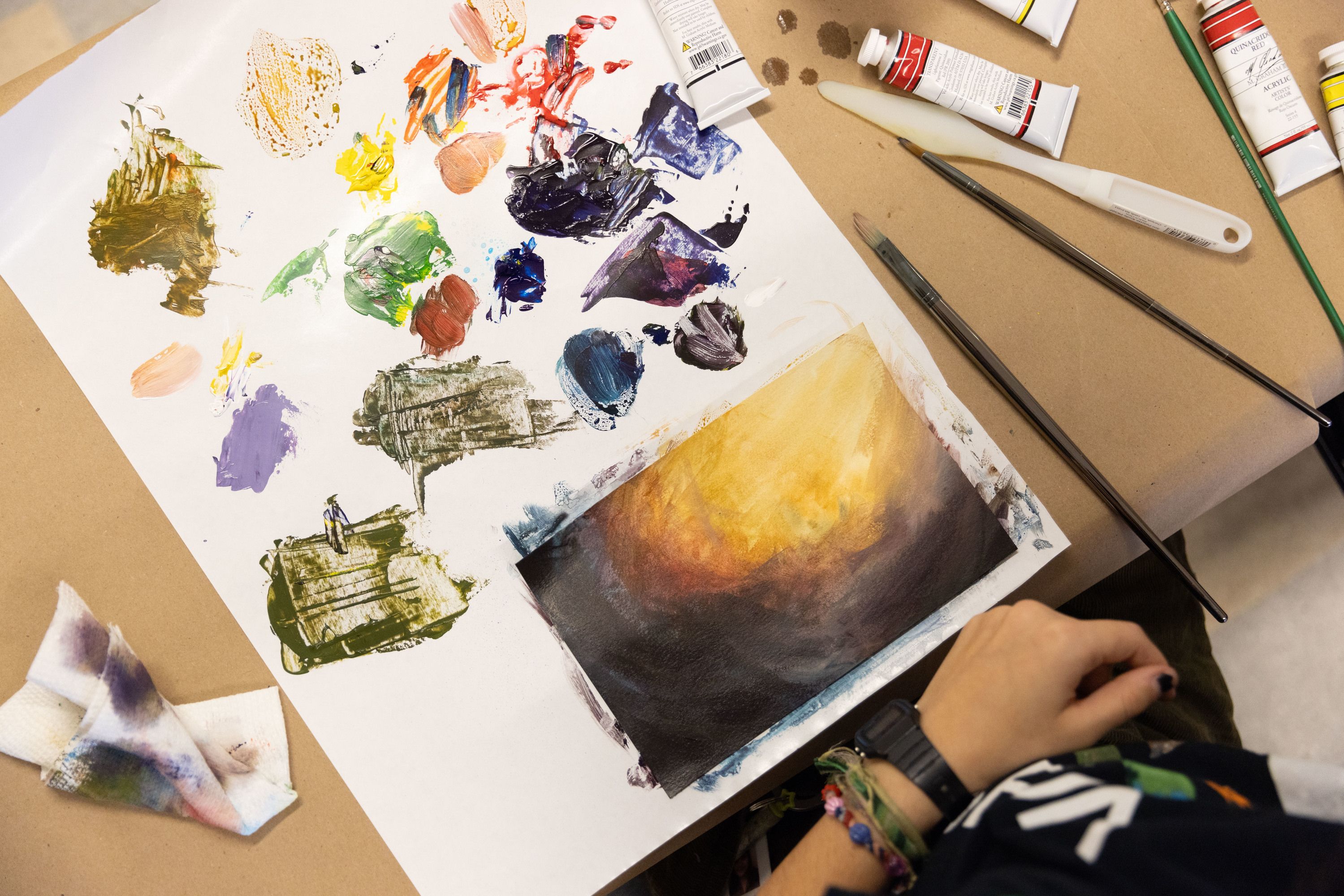Chlöe Brew ’21 explores ancient gender roles and power structures with the help of two very different Greek goddesses.
When some people look at an ancient marble statue, they see the product of a single artist’s work. When Chlöe Brew ’21 looks at it, she sees a complex web of cultural influences and clues about how concepts like beauty, gender roles, power, and divinity are enshrined in sculpture.
“I love this project,” Brew says. “I’ve always been interested in how Greek society views itself through art.”
Brew, who is pursuing a double major in art history and classics with a minor in gender and queer studies, conducted a summer research project to learn more about how the ancient Greeks thought about feminine power by contrasting two sculptures, the Piraeus Athena and the Aphrodite of Knidos.
“On the one hand, you have Aphrodite, who is this paradigm of femininity and sensuality and sexuality,” she says. “And on the other hand, you have Athena, who’s associated with traditionally masculine pursuits like warfare and strategy, and who occupies this androgynous place in the Greek pantheon. Who are the women who are looking at these goddesses, who is visiting them, and how are they being viewed in this rigid, patriarchal, semi-misogynistic society?”
